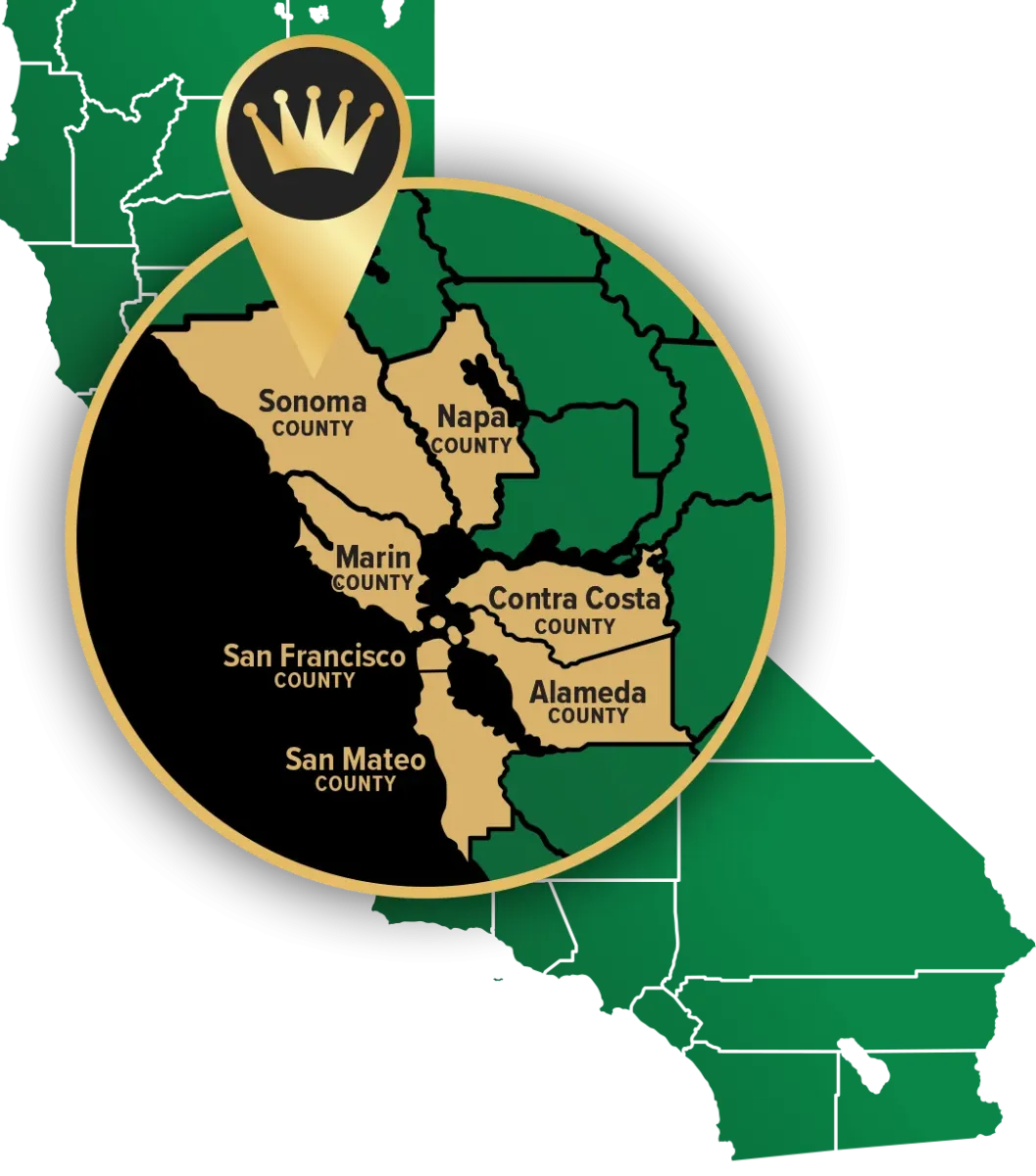Protect Your Home Against Termite Damage
Termites can sneak into your home through cracks in the foundation, expansion joints, deck posts, gaps in mortar, and countless other ways. Once a colony is established, it’s difficult to properly eliminate them. Luckily, our termite treatments use the best products and practices available, so we’ll have termites gone in no time.
Depending on your specific needs, our termite control may include:
- A careful inspection to search for signs of termite damage and confirm that you have an infestation.
- Soil-based treatments with Termidor High-Efficiency Termiticide, which is 50% more time-efficient than conventional treatments.
- Localized treatments with Bora-Care, another termiticide option that’s safe for people and pets.
- Non-chemical heat treatments that raise the temperature of the wood past the point termites can survive.
- Tent fumigation services that encompass the entire structure, typically reserved for severe infestations.
Protect Your Home Against Termite Damage
Termites may be small, but their appetites are mighty. These pests are responsible for over $5 billion in damages to homes across the United States every year. To prevent your home from becoming part of this statistic, trust Crown & Shield. Whether you’re currently struggling with termites, need a second opinion, or want to prevent an infestation, we’ve got you covered.
Need A Real Estate Inspection?
Purchasing a home is a huge investment! Most real estate negotiations require a termite inspection before the purchase can be finalized. With Crown and Shield's Real Estate termite inspections, we'll provide you with a complete inspection and termite report that you can provide for real estate proceedings.
Looking for a Second Opinion?
Your home is your biggest investment, so it can be overwhelming to learn that you have a termite infestation wreaking havoc on it. If you want to get a second opinion, you’re in the right place. When you provide us with a complete report from your previous inspection, we’ll perform our own assessment for free. That’s just one way we help combat the stress of pests!
Signs of a Termite Infestation
Termite infestations are so destructive because most people don’t realize there’s an issue until the damage is already done. To save yourself the headache and prevent costly repairs, look out for these warning signs:
- Hollow-sounding wood: Termites eat through the middle of wooden pieces, leaving behind a shell that may look normal but sounds hollow when tapped.
- Discarded wings: After a swarm lands, the termites lose their wings. This results in piles of their wings, which resemble fish scales, usually near windows and doors.
- Buckling floors: Damage to your home’s structural supports and subfloor can result in uneven, buckling, and squeaky floors.
- Mud tubes: Thin, cylindrical tubes of dirt or mud protect termites as they go from the ground to your home. They’re most noticeable on your foundation’s exterior.
- Peeling paint: Termites introduce extra moisture into your home, which causes peeling paint that looks similar to water damage.
Defense Against Subterranean and Drywood Termites
Subterranean termites and drywood termites may seem similar enough, but each has unique treatment requirements. Part of our inspection process includes identifying which species is present and basing our treatment around that information. This helps us more effectively protect your home.
What Are Drywood Termites?
Unlike subterranean termites, drywood termites do not require contact with the soil. They build their nests in wall supports, roofing materials, or other places inside of buildings. To do so, they create tunnels that cause major damage and weaken wooden beams.
Signs of Drywood termites include:
- Wood Damage: Drywood termites can cut across the grain of wood leaving a characteristic pattern of chambers and tunnels, some of which are filled with pellets.
- Pellets: Drywood termite pellets are distinctive in appearance with six longitudinal flattened sides. If pellets are found this can indicate an infestation.
What Are Powder Post Beetles?
Beetles can infest and damage structural timber, decorative wood, and furniture. Beetle larvae do most of the damage to wood and once they reach adulthood they emerge through exit holes. The most common beetle that can re-infest a structure is powder post beetles.
Signs of these beetles include:
- Termite Shelter Tubes: Wood-boring beetles don't look like other beetles but cause damage like other termites.
- Termite Swarmers: Powder Post larvae create a fine, dust-like powdered frass distinguishing them from other wood-boring beetles in homes.
- Hardwood Damage: Powder Post beetles attack hardwoods and wood that is very dry with little moisture content.
What Are Subterranean Termites?
Subterranean termites are the most common species you’ll find in California, and they’re also the most destructive. They live underground but build mud tubes to reach food sources and shield themselves from open air. They’re capable of eating wood 24 hours a day, every day of the week.
Signs of Subterranean termites include:
- Shelter tubes or mud tubes: Used for safe travel between their food source and colony. The presence of shelter tubes can indicate an active infection.
- Termite Swarmers: Winged reproductives that leave a colony in search of a mate and to build a new colony. They will often swarm on warm days between the fall, winter, and early spring months.

Termite Control Service Area
Here at Crown & Shield, we have worked for over two decades to provide you with the most comprehensive, prompt, and professional pest control services. No infestation is too big or too complicated for our experts! Our services are available in the following areas:








